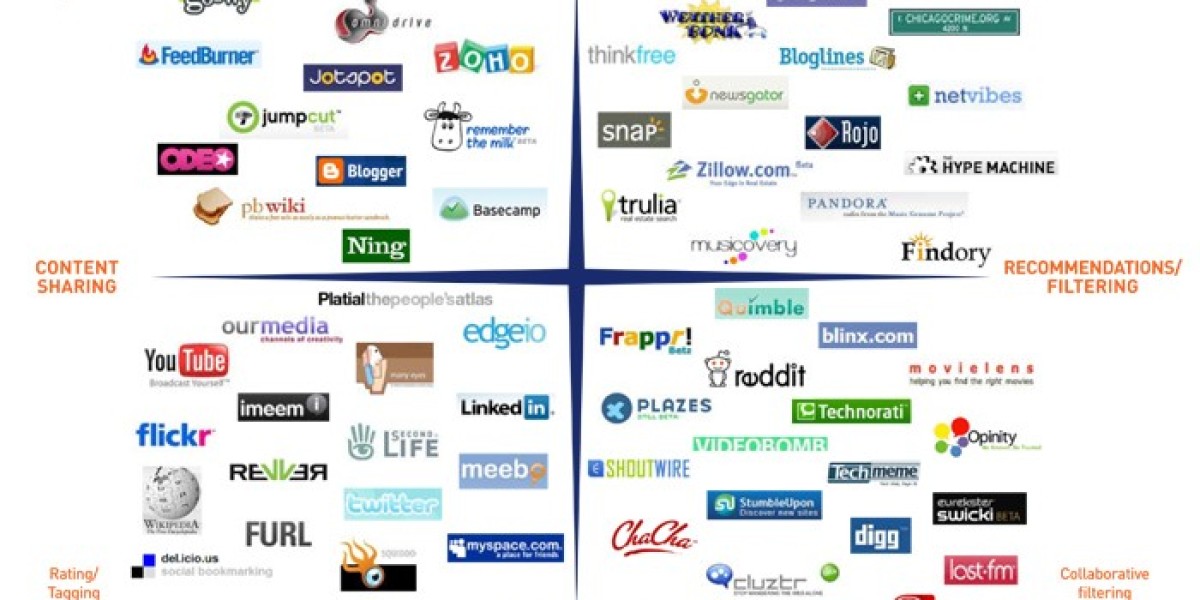A commercial roof is a significant investment that plays a crucial role in protecting your property, inventory, and employees. Over time, even the most well-maintained commercial roofs will reach the end of their lifespan, requiring full replacement. One of the biggest concerns for property owners and facility managers is understanding commercial roof replacement cost—a multifaceted issue influenced by numerous factors.
In this comprehensive blog, we’ll break down the key elements that determine the cost of a commercial roof replacement, average price ranges in 2025, and tips for optimizing your roofing investment.
Why Commercial Roof Replacement Costs Vary
No two commercial buildings are alike, and the same goes for their roofs. The cost to replace a commercial roof is not a fixed number. It can vary widely depending on:
Roof size
Type of roofing material
Existing roof condition
Building structure
Local labor rates
Accessibility
Permits and regulations
Tear-off vs. overlay
Let’s take a closer look at each of these cost drivers.
1. Roof Size and Square Footage
The most obvious cost factor is the size of the roof. Commercial roofs are typically measured in “squares”, with one square equaling 100 square feet. A larger roof requires more materials and more labor, naturally increasing the overall cost.
Example:
10,000 sq ft building (100 squares)
Cost per square: $700 to $1,200
Total replacement cost: $70,000 to $120,000
2. Roofing Materials
There’s a wide variety of commercial roofing systems, each with its own price point and performance characteristics. Here’s a rough breakdown of the most common types:
| Material | Average Cost per Sq. Ft. (2025) | Lifespan |
|---|---|---|
| TPO (Thermoplastic Polyolefin) | $5 – $10 | 15–20 years |
| EPDM (Rubber Roofing) | $6 – $11 | 20–30 years |
| PVC (Polyvinyl Chloride) | $8 – $12 | 20–30 years |
| Built-Up Roofing (BUR) | $6 – $10 | 20–30 years |
| Modified Bitumen | $5 – $9 | 15–25 years |
| Metal Roofing | $10 – $20+ | 40–50 years |
Choosing the right material depends on your climate, budget, and desired longevity.
3. Tear-Off or Overlay?
If your current roof is in moderately good condition, you may have the option to install a new roof over the old one—called an overlay. This can save 20–30% of the cost compared to a full tear-off, which includes removing and disposing of the old roofing materials.
However, overlays aren’t always recommended. A full tear-off allows for better inspection of the roof deck and ensures any underlying damage is addressed.
4. Roof Design and Accessibility
Simple, flat roofs are easier (and cheaper) to replace. Roofs with steep slopes, multiple penetrations (vents, HVAC systems, skylights), or unique architectural features often require more time, expertise, and safety precautions—driving up the cost.
Likewise, roof accessibility plays a role. If your building is in a dense urban area or has limited access for trucks and equipment, the cost may increase due to logistical challenges.
5. Labor and Location
Roofing labor rates vary by region. In areas with a higher cost of living or greater demand for skilled labor, expect higher installation costs. In 2025, the national average labor cost for commercial roofing ranges from $60 to $100 per hour, but can be significantly more in metropolitan areas.
6. Insulation and Energy Code Requirements
Many states and municipalities require a minimum level of insulation during a roof replacement. If your current system is outdated, additional insulation may be needed to meet modern R-value requirements.
Installing insulation can add $1.50 to $4 per sq. ft., but it may also lead to long-term energy savings.
7. Permits and Compliance
Most commercial roof replacements require building permits, which vary by location. Permit costs may range from $500 to several thousand dollars, depending on the size of the project and local codes.
Additionally, if your property is in a hurricane-prone or seismic zone, stricter building regulations may apply, adding to the cost.
Estimated Commercial Roof Replacement Costs by Building Type
| Building Type | Average Roof Size | Average Cost Range |
|---|---|---|
| Small Retail (5,000 sq ft) | $35,000 – $60,000 | |
| Medium Office Building (10,000 sq ft) | $70,000 – $120,000 | |
| Large Warehouse (25,000+ sq ft) | $175,000 – $300,000+ | |
| Shopping Mall or Industrial Complex | $500,000+ |
Hidden Costs to Watch Out For
Aside from the obvious line items, here are some hidden or unexpected costs that could impact your budget:
Water damage repair (rotten decking, mold, etc.)
HVAC unit disconnection/reconnection
Asbestos or hazardous material removal
Temporary business disruption or downtime
Upgrading drainage systems or flashing
How to Lower Commercial Roof Replacement Costs
Get Multiple Quotes
Always compare bids from at least 3 reputable commercial roofing contractors.Plan During Off-Season
Scheduling roof work during the slower months (fall/winter in warmer climates) can sometimes result in better pricing.Invest in Energy-Efficient Materials
Choosing reflective roofing materials can lead to long-term energy savings and even tax incentives.Regular Maintenance
Extend the lifespan of your new roof with annual inspections, minor repairs, and proactive maintenance.Consider Financing or Leasing
Some companies offer flexible payment plans to help businesses manage large capital projects like roof replacements.
Final Thoughts
A commercial roof replacement is a major expense, but it’s also a critical investment in the future of your building. Understanding what goes into the cost helps you make informed decisions, budget more accurately, and choose the right contractor for the job.
In 2025, commercial roof replacement costs generally range between $7 to $12 per square foot, but your final price depends on many variables. Always work with licensed, insured professionals who specialize in commercial roofing and can walk you through the process from inspection to installation.







